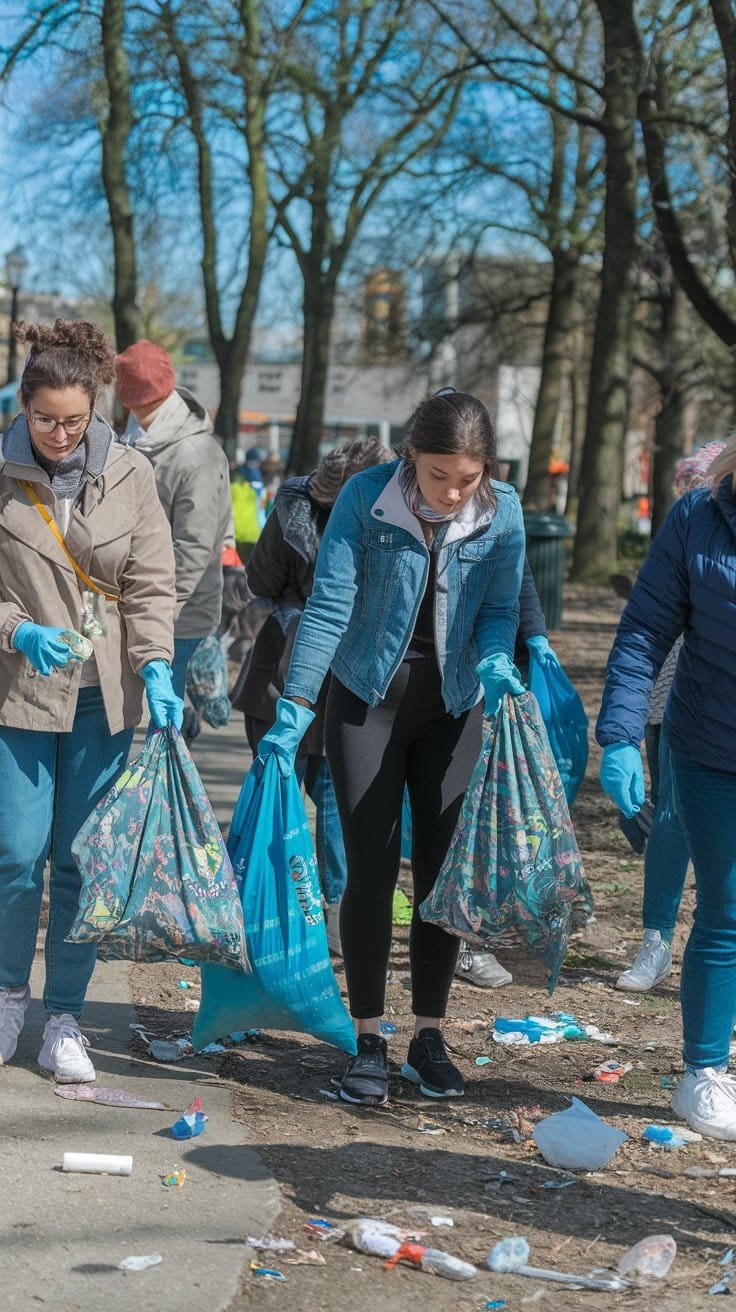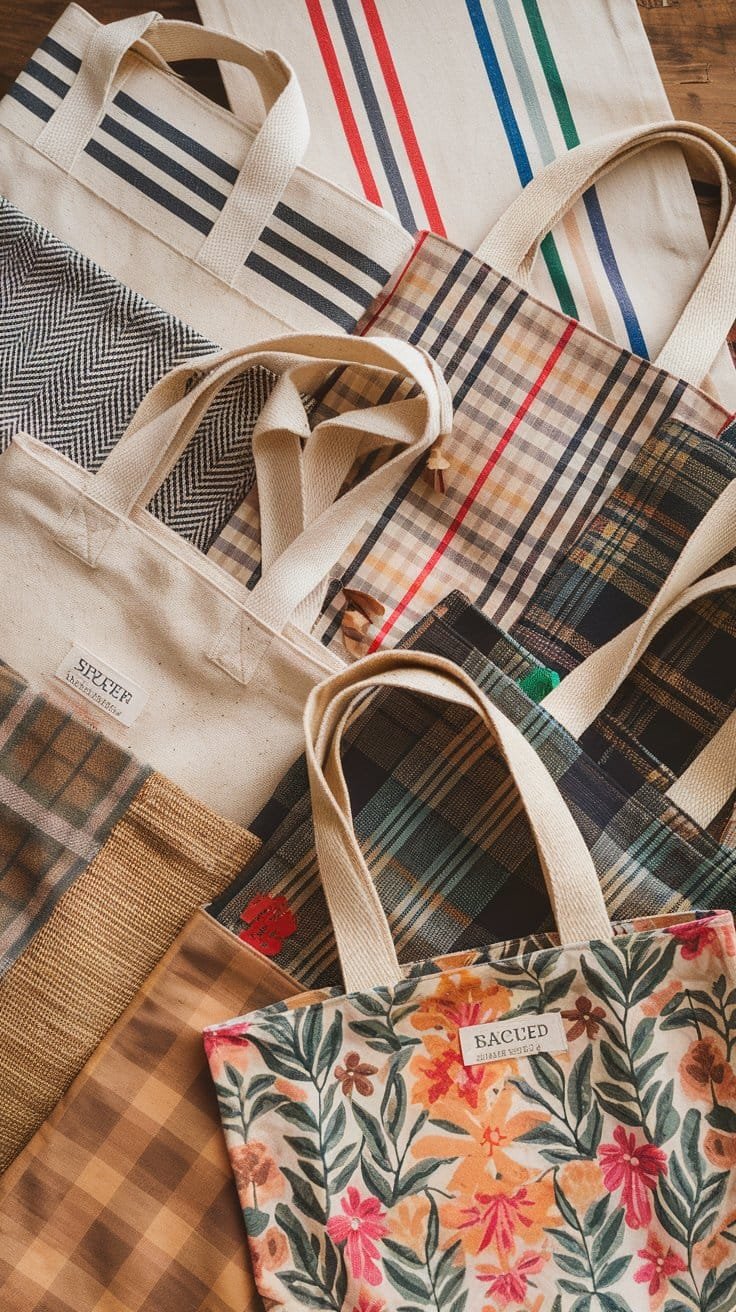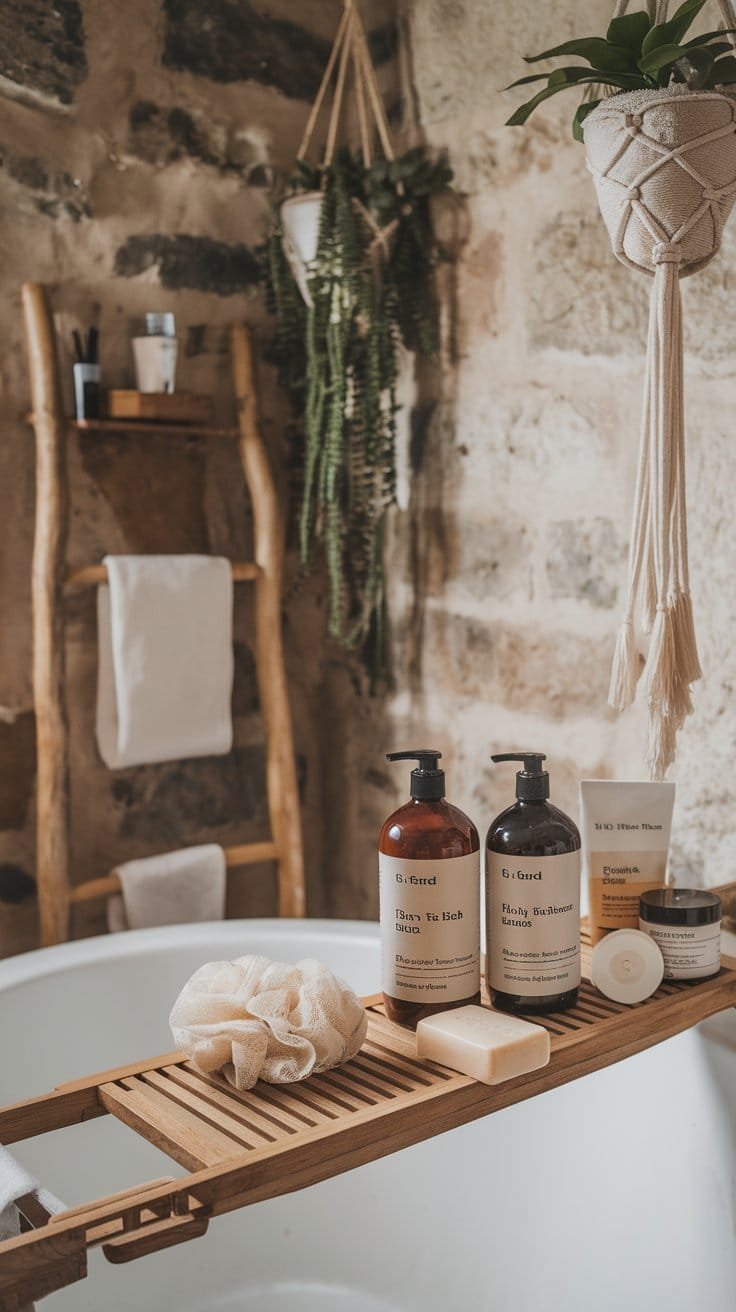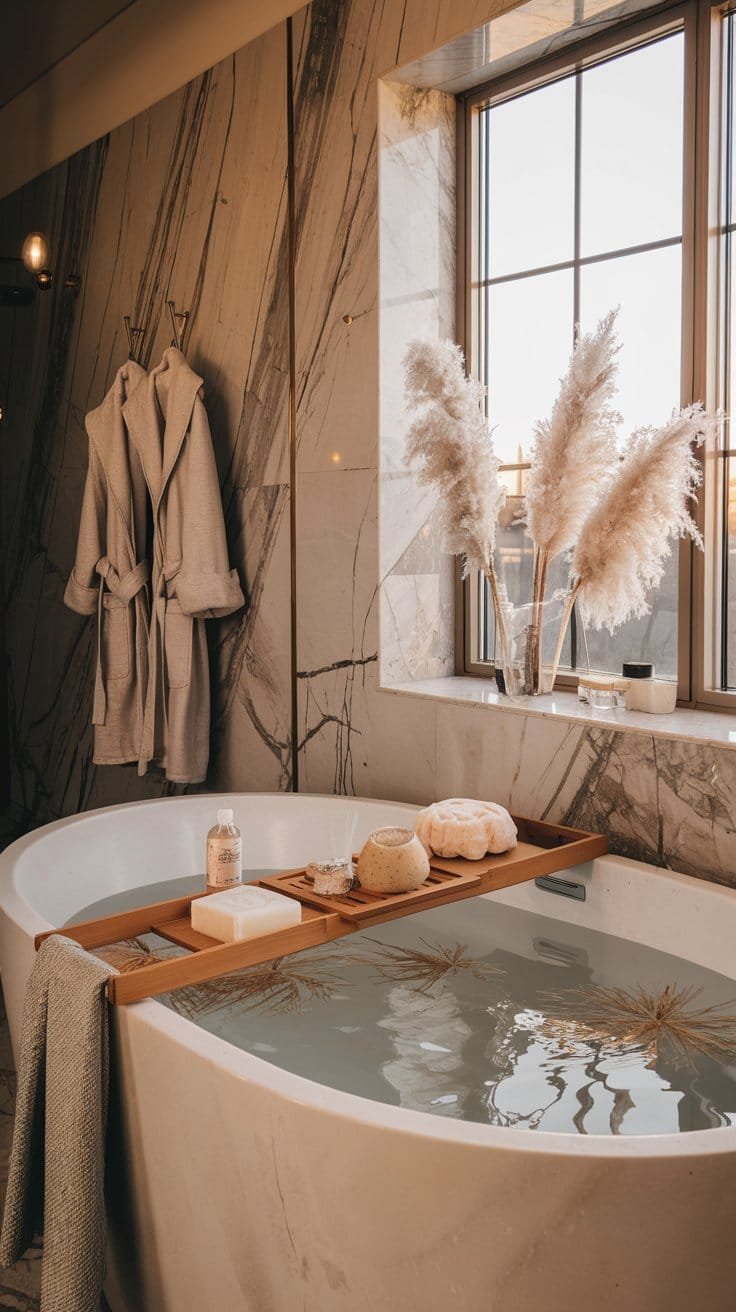Welcome to a new era in eco-friendly living! We’re starting Plastic-Free January together. It’s a chance to join a movement that changes how we live with our environment. This month, we’re not just taking a challenge. We’re making a real difference in the fight against plastic pollution.
Plastic-Free January is all about living sustainably and using less plastic. By making small changes, we can have a big impact on our planet. Try using a reusable water bottle, shopping bags, or finding plastic-free food. Every choice you make helps create a better future.
Let’s start this journey together with Plastic-Free January. Let’s make a sustainable, zero-waste lifestyle a reality. Join us in making eco-friendly living the new normal.
This website contains affiliate links, meaning I may earn a commission if you click on and purchase through these links. Some products have been gifted by brands for testing. As an Amazon Associate, I earn from qualifying purchases. Additionally, parts of the content on this site are created or enhanced by AI technology.

Understanding the Impact of Plastic on Our Environment
Plastic is a big part of our daily lives, affecting our eco life. The numbers on plastic use are scary for our planet’s future. In 2019, the world made over 460 million metric tons of plastic. This is double what was made in 2000, says the Organization for Economic Co-operation and Development (OECD).

Statistics on Global Plastic Consumption
Most plastic, 91 percent, is not recycled, the OECD reports. So, most plastic waste goes to landfills, oceans, and other places, harming our environment and wildlife.
Environmental Effects of Single-Use Plastics
Common plastic waste includes cigarette butts, food wrappers, and bottles. These items pollute our oceans and harm animals. Even tiny plastics, smaller than 5 millimeters, are everywhere. They’re found in 90 percent of foods, especially processed ones.
Why January Is Perfect for Starting Plastic-Free Living
January is a great time to start living without plastic. By using less plastic, we help our planet. We can make a difference and live more sustainably.
“The average person could be ingesting approximately 5 grams of plastic every week, equivalent to a credit card. This alarming statistic underscores the urgent need to address the pervasive impact of plastic pollution on our health and the environment.”
Essential Zero-Waste Shopping Kit for Beginners
Starting a zero-waste lifestyle means changing how we shop. A key step is to create a zero-waste shopping kit. This kit includes reusable items that help you avoid single-use plastics and support a sustainable supply chain.
At the core of your kit are reusable cloth bags. These bags, made from natural fibers, are tough and don’t shed microplastics. They’re a great way to avoid the plastic bags you often see at stores.
Also, include reusable produce bags in your kit. These are made from mesh or organic cotton. They let you buy fruits, veggies, and more without plastic bags. For storing food, glass jars and metal containers are perfect. They’re reusable and cut down on plastic packaging.
| Essential Zero-Waste Shopping Items | Benefits |
|---|---|
| Reusable cloth shopping bags | Durable, prevent microplastic shedding, support sustainable supply chain |
| Reusable produce bags | Allows for bulk purchasing, reduces single-use plastic waste |
| Glass jars and metal containers | Reusable, eliminate plastic packaging, suitable for pantry storage |
| Reusable utensils and travel mug | Reduces single-use items for on-the-go meals and beverages |
Adding reusable utensils and a travel mug to your kit is a good idea. They help you avoid disposable cutlery and cups. With these tools, you’ll shop more low waste.

Creating a sustainable shopping habit takes time. Be kind to yourself as you make the switch. Start small, try different zero waste swaps, and find what works for you.
Plastic-Free January: Your Step-by-Step Transition Guide
Starting a plastic-free lifestyle might seem hard, but with a plan, it’s doable. This four-week guide will show you how to add best practices for sustainable living and zero waste living aesthetic to your daily life.
Week One: Kitchen Basics
Begin in your kitchen, the heart of your home. Switch plastic food containers for glass or stainless steel ones. Use reusable bags for produce and make your own bread, yogurt, and nut butter to cut down on packaged foods.
Week Two: Bathroom Swaps
Then, focus on the bathroom. Swap plastic toothbrushes for bamboo ones and plastic bottles for bar soaps and shampoo bars. Look for refillable deodorant containers. These changes can greatly reduce your plastic use.
Week Three: On-the-Go Solutions
When you’re out and about, aim to avoid single-use plastics. Get a reusable water bottle, coffee cup, and snack containers. Carry your own cutlery and a cloth produce bag to avoid plastic utensils and bags.
Week Four: Maintaining Momentum
By the last week, you’ll have a strong start to your zero waste living aesthetic. Look back at your progress and see where you can do better. Celebrate your wins and keep up your new habits. Small steps can make a big difference, so keep going and inspire others.
This guide will help you move towards a sustainable living lifestyle with less plastic. Take on the challenge and enjoy the path to a greener, more mindful world.
Revolutionary Changes in Your Kitchen Storage
Starting our zero waste living journey means changing how we store things in the kitchen. We say goodbye to plastic containers and hello to glass, cloth bags, and airtight tins. These changes help us reduce waste free and keep food fresh longer.
Using popcorn tins or finding items at thrift stores can make our kitchen greener. These changes not only clear up space but also help us reduce our environmental footprint.
| Sustainable Kitchen Storage Solutions | Benefits |
|---|---|
| Glass containers | Durable, transparent, and BPA-free |
| Cloth produce bags | Reusable, breathable, and reduce plastic waste |
| Bread storage in cloth bags and airtight tins | Keeps bread fresh for longer, eliminates plastic bags |
| Upcycled storage options (e.g., popcorn tins, thrift store finds) | Economical, eco-friendly, and visually appealing |
These changes in kitchen storage help our planet and make our lives more organized. By choosing sustainable options, we enjoy less waste and better food preservation. This sets us on the path to a more zero waste living lifestyle.
Check out Transform Your Pantry: A Plastic-Free Revolution in 10 Steps to learn more.

“Every purchase choice for sustainable kitchenware contributes to a healthier planet and safer home environment, demonstrating a lifestyle shift towards eco-conscious living.”
Sustainable Food Shopping Without Plastic
Starting a plastic-free life begins with food shopping. We can cut down on plastic by shopping at farmers markets and using smart bulk shopping. Also, storing fresh produce right can keep it fresh longer without plastic.
Navigating Farmers Markets
Farmers markets are full of plastic-free food and crafts. They have a wide range of sustainable clothing and cotton plant-based items. You can find fresh produce, bread, and cheeses without plastic stickers or twist ties.

Bulk Shopping Strategies
- Use reusable containers for grains, dried fruits, snacks, and other dry goods from the bulk section. This avoids single-use plastic packaging.
- Choose mesh produce bags or cotton plant-based bags over plastic bags from the store.
- Take your own containers to the deli or butcher counter. This cuts down on plastic wrap or bags.
Fresh Produce Storage Solutions
Keeping produce fresh without plastic is key. Use sustainable clothing like cotton produce bags for better air circulation. Learn how to store different fruits and veggies to keep them fresh longer and reduce waste.

“Making small changes can significantly reduce individual plastic consumption, such as opting for plastic-free alternatives wherever possible.”
Adopting these sustainable food shopping habits can greatly reduce your plastic use. You’ll also enjoy fresher, locally-sourced ingredients. Every step towards a plastic-free life helps the environment.
Zero Waste Bathroom Essentials
Creating a zero waste bathroom is easy and helps the planet. By choosing sustainable products over plastic, you cut down on waste. Here are key items for a zero-waste bathroom:
- Bamboo toothbrushes: Switch from plastic toothbrushes to biodegradable bamboo options.
- Toothpaste powder or tablets: Ditch the non-recyclable toothpaste tubes and opt for reusable tins or compostable toothpaste tablets.
- Biodegradable dental floss: Choose floss in refillable containers instead of plastic boxes.
- Reusable cotton rounds: Replace single-use cotton swabs with washable, reusable cotton rounds.
- Safety razor: Invest in a safety razor or straight-edge razor to avoid disposable plastic razors.
- Solid deodorant: Switch to deodorant creams in glass containers or plastic-free deodorant sticks.
- Natural hairbrushes: Use all-natural hairbrushes made with beechwood and plant-based bristles.
- Bamboo toilet paper: Opt for eco-friendly recycled or bamboo toilet paper instead of traditional options.
In the shower, use bar soaps, shampoo bars, and conditioner bars or organic oils. Low-flow showerheads save water. Also, try eco-friendly accessories like natural loofahs and bath brushes.
| Plastic-Free Alternative | Benefit |
|---|---|
| Bamboo toothbrush | Biodegradable and sustainable material |
| Toothpaste powder or tablets | Eliminates plastic toothpaste tubes |
| Biodegradable dental floss | Replaces plastic floss containers |
| Reusable cotton rounds | Reduces single-use cotton swabs |
| Safety razor | Avoids disposable plastic razors |
By making these simple changes, you can make your bathroom zero waste. This makes your bathroom eco-friendly and helps the planet.
Check out 7 Essential Swaps for a Plastic-Free Bathroom Routine to learn more.

Eco-Friendly Alternatives for Common Plastic Items
Switching away from single-use plastics is key for a greener future. There are many eco-friendly options for our daily needs, like cleaning, personal care, and kitchen items. These alternatives help us use less plastic and protect our planet.
Household Cleaning Products
Move away from plastic cleaning products and choose refillable ones instead. Brands now offer concentrated cleaning solutions in reusable bottles. These options are better for the environment and often use plant-based, safe ingredients.
Personal Care Alternatives
Look for sustainable personal care items to cut down on plastic. Use a safety razor with replaceable blades and try natural deodorants. Reusable menstrual products like cups or underwear also help reduce waste.
For more information on sustainable beauty products check out 10 Sustainable Beauty Products That Deserve a Spot in Your Routine.
Kitchen Essentials
In the kitchen, pick eco-friendly items instead of plastic. Use stainless steel or glass water bottles and choose sustainable food storage like cloth wraps or silicone lids. Opt for bamboo, wood, or other renewable materials for cooking tools.
By making these changes, we can all help reduce plastic use. Every small step towards a plastic-free life makes a big difference for our planet.

| Eco-Friendly Alternative | Benefit |
|---|---|
| Refillable cleaning products | Reduce plastic waste, use plant-based ingredients |
| Safety razors with replaceable blades | Eliminate disposable plastic razors |
| Reusable water bottles (stainless steel or glass) | Reduce single-use plastic bottles |
| Bamboo, wood, or renewable material kitchen tools | Sustainable alternatives to plastic utensils |
Building Sustainable Habits Beyond January
Keeping up with an eco lifestyle and living green all year needs ongoing learning and effort. It’s not just about January. It takes time and commitment to make lasting changes. By taking a whole-life approach, we can make big differences for our planet.
Learning to preserve food through fermentation is key. It cuts down on waste and gets rid of plastic wraps. Composting food scraps also helps, turning waste into soil for gardens. Always saying no to single-use plastics, like using reusable bags and cups, helps keep our planet clean.
Having friends who care about the environment can really help. Joining local groups, going to workshops, and sharing tips with others keeps us motivated. It makes us feel like we’re all in this together.
By adopting these habits, we can live greener for good. Simple actions like turning off electronics, recycling, and making decor from recycled materials add up. Beyond Plastics, a group at Bennington College, offers help to fight plastic pollution everywhere.
Check out Sustainable Plastic-Free Swaps for Every Room.

“If each household in the United States took action to live more sustainably, they could collectively have a significant positive impact on global greenhouse gas emissions.”
To keep moving forward, we need to keep growing our green habits. Every small step towards a greener life helps our planet for future generations.
Common Challenges and Their Solutions
Starting a zero-waste lifestyle can be tough, but it’s doable with the right approach. One big issue is the ease of using pre-packaged foods, which often come in plastic. To solve this, planning your meals and snacks is key. This way, you can steer clear of plastic-wrapped foods.
Finding alternatives to plastic products, like personal care items or cleaners, can also be hard. But, more brands are now offering zero waste living and waste free living options. By looking for these eco-friendly products, you can make your lifestyle greener.
Staying committed to a plastic-free life can be tough, especially when you’re traveling. To handle this, create a zero-waste travel kit. Include items like reusable water bottles, containers, and personal care products. This kit will help you keep up with your zero waste living and waste free living habits anywhere you go.
| Challenge | Solution |
|---|---|
| Convenience foods and pre-packaged items | Meal planning and preparation to avoid plastic-wrapped convenience foods |
| Finding plastic-free alternatives | Researching and supporting eco-friendly brands offering sustainable options |
| Maintaining the habit while traveling | Preparing a zero-waste travel kit with reusable essentials |
By tackling these common challenges and finding practical solutions, you can easily make zero waste living and waste free living a part of your daily life. Even when faced with obstacles, you can stay on track.
“The greatest threat to our planet is the belief that someone else will save it.” – Robert Swan
Conclusion
Living eco-friendly and sustainably is a journey that needs patience and effort. Starting with Plastic-Free January can help us make lasting changes in how we consume things. This can greatly reduce the plastic waste we produce.
By choosing wisely and supporting green alternatives, we help our planet. We also encourage others to join us in this important cause.
Many people want to see laws that fight plastic pollution. In fact, 76% of voters agree on this. Also, 89% of Democrats and 62% of Republicans back laws to cut down plastic waste.
This shows that most people care about protecting our environment. They want laws that help manage waste better.
As Plastic-Free January ends, let’s keep moving forward. Let’s keep finding ways to live more sustainably. Using reusable water bottles and choosing products with less packaging are good starts.
Supporting local businesses that care about the environment is also key. Together, we can make a big difference. We can make living eco-friendly the standard, not just an option.








